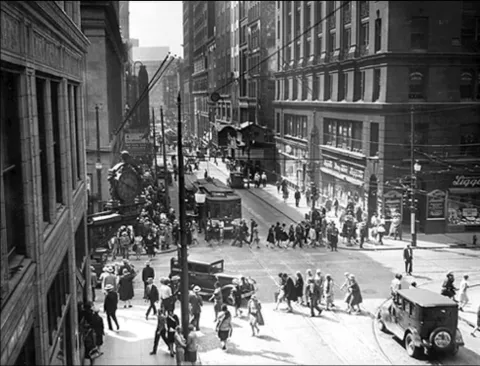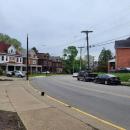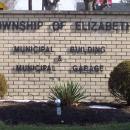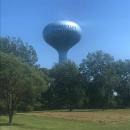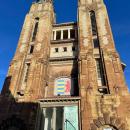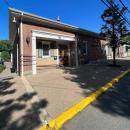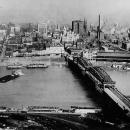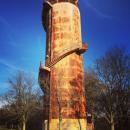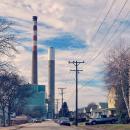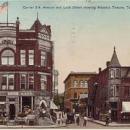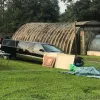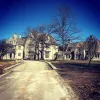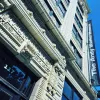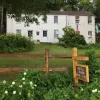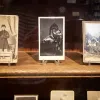Allegheny
Visiting Allegheny County, you can find all the conveniences characteristic of big cities, with a unique regional atmosphere and without the problems associated with urbanized surroundings. These features blend with an exceptional small-town warmth and charm to give us a quality of life envied throughout the nation.
In Rand McNally's "Places Rated Almanac," Allegheny County and the Greater Pittsburgh Area earned the title, "Most Livable Community in the Nation" for its strength in housing, health, education, arts, recreation, economics, safety, transportation, and climate. In subsequent editions of the Almanac, our region has consistently ranked high and garnered praise in many other publications, earning top ten areas to live accolades from Money Magazine, Fortune Magazine, National Employment Review, and Century 21 Real Estate Corporation, among others.
The Uniform Crime Report also gives the region high marks for safety, with Pittsburgh being safer than 44 of 48 cities with more than 300,000 residents. Allegheny County also boasts the lowest crime rates for any metropolitan area with more than one million citizens.
Allegheny County offers a diverse selection of cultural arts, historical landmarks, and museums, providing a variety of year-round entertainment options. The Greater Pittsburgh metro area ranks among the top ten of the nation's 50 largest metropolitan areas in terms of cultural facilities per 100,000 people. The arts in Allegheny County attract bigger audiences than sports events.
Just as manufacturing fueled the tremendous economic growth of Allegheny County in its early history, the technology industry is poised to lead the changing economy into the new millennium. Many historic industrial structures have become tourist attractions, allowing visitors to witness technologies and earlier life in Western Pennsylvania.
The Heinz Hall anchors the downtown Pittsburgh Cultural District for the Performing Arts, the Benedum Center, the Byham Theater, and the new O'Reilly Theater. These grand venues host world-class cultural treasures, including the Pittsburgh Public Theater, Pittsburgh Ballet Theater, Pittsburgh Opera, Civic Light Opera, and the Pittsburgh Symphony.
Art enthusiasts can enjoy the Carnegie and Frick Museums, which display some of the world's finest art collections, as well as the Andy Warhol Museum, the most comprehensive museum dedicated to a single artist. History buffs of all eras will enjoy the Carnegie Museum of Natural History and the Pittsburgh History & Landmarks Foundation, which operates the Pittsburgh Regional History Center. For hands-on science and experiences for children and adults, there's the Carnegie Science Center and the Pittsburgh Children's Museum.
